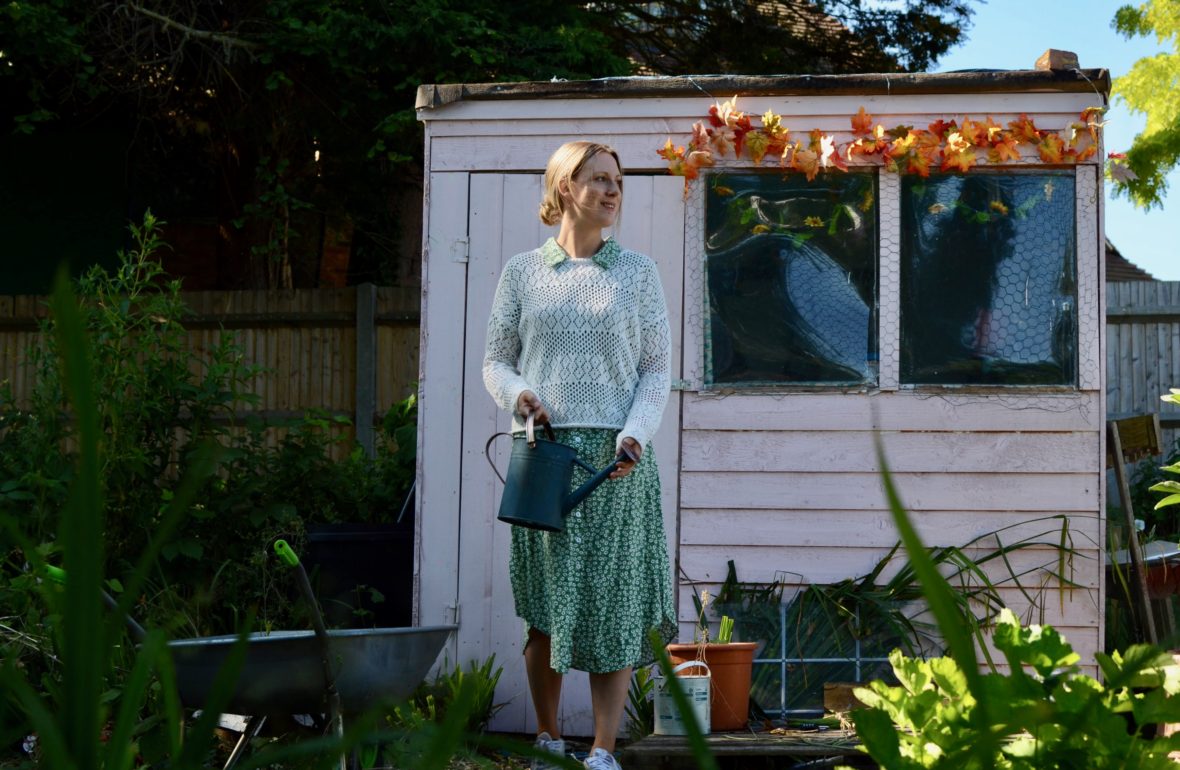
Recently I was on a podcast with Jimmy Doherty, discussing my allotment plot and the reasons I got into gardening. I talked openly about my struggles with anxiety and the loss of my nan, which was really the catalyst for my move into gardening.
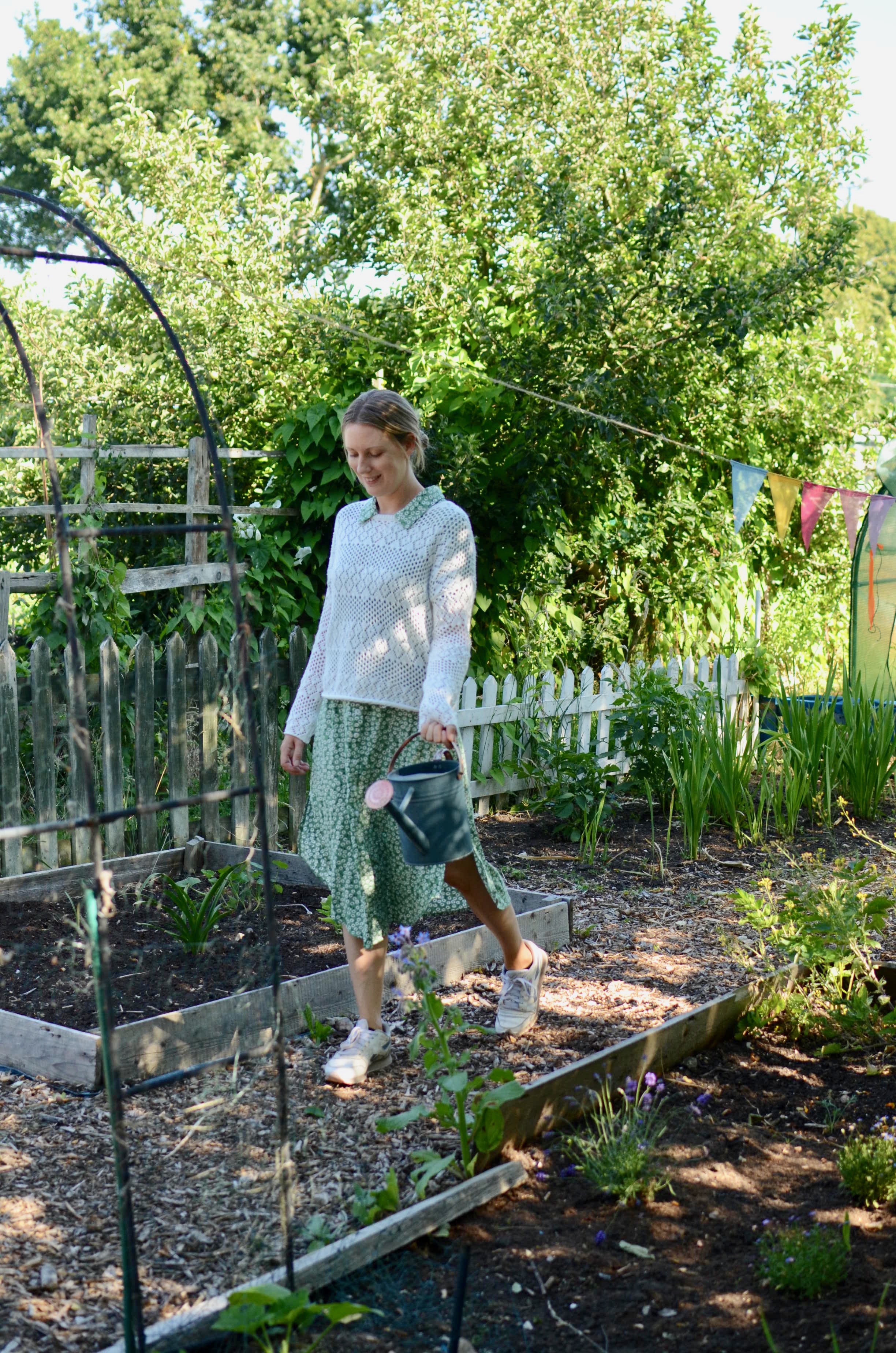
Grief is a funny thing, isn’t it? I think the biggest thing I’ve learned about living with grief is that it’s not linear. It’s not the kind of process that has a clear beginning, middle and end point to it. Some days I’ll feel completely at ease with the events life has thrown my way and things just feel good and easy. Other days I’ll spend hours and hours thinking about my nan and long to hear her voice again.
Death is a difficult concept for us humans to grasp. I think that’s mainly because we are so aware of it. Our consciousness forces us to confront death head on, in ways other animals and plants don’t have to.
People often talk about the circle of life. From seed to plant and then back down to the Earth again in death. Death isn’t cruel in nature. Plants don’t cling onto life with everything they have, forcing their highest leaves up towards the sun, desperate to squeeze every last drop out of life before the inevitable happens. They surrender to it, curling themselves up, dropping their leaves and then sinking back down into the soil that first gave them life. They have set their seeds for reproduction and they leave with the change of season as easily as we manage to walk out of a supermarket when we have finished paying for our groceries.
There is a feeling of respect, of acceptance in the death of plants. There is no fear, no pain and no regret. In return, we as humans don’t see the death of our crops as something to get overly upset about. We learn to accept it too so that when our Dahlias finally give up the ghost and droop themselves down towards the Earth, we simply cut them back and pop them into the compost bin. We might feel a little sad that the flowering season is over, but we don’t dwell on it. Mourn it. We move on. We accept that with the new year will come new crops and a new flowering season. The circle of life goes on.
Death is beautiful in nature. Its magical. Children love jumping in big piles of dead leaves, kicking them into the air and spinning around as they fall back down again. Even the busiest of adult can often find time to admire a particularly orange Autumn tree, or a path of tall grass that is now brown and almost architectural, surrounded by an eerie morning mist. We don’t fear it, we photograph it. We play in it. We embrace it.
Death is and always has been all around us. We are just often so caught up in the business that is our own lives that we don’t take the time to register it. We don’t talk about it enough. When fellow humans die, it’s so overwhelmingly sad that we often refer about it as being a shock, even if that person had been unwell for a long time.
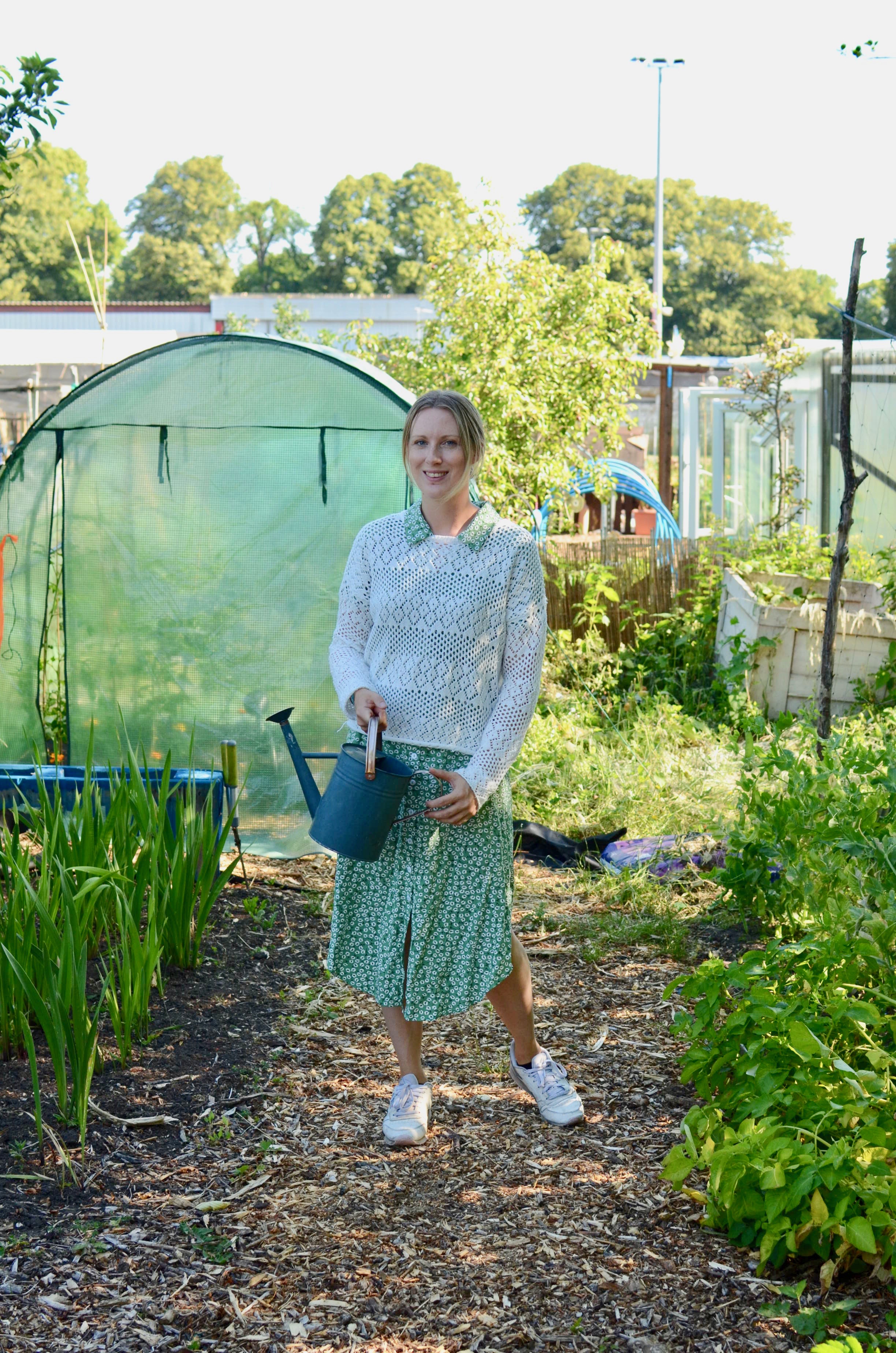
It was a shock when my nan died and she had been unwell for over a year. We all knew it was coming, an inevitable event looming ahead in the not so distant future. Yet when it happened, it was shocking. We don’t think about our own deaths, let alone the death of plants and animals, which happens all around us on a daily basis.
I think it’s a fair assumption to say that plants know when they are going to die. My broccoli plants bolted sometime last Autumn. Their florets suddenly started sprouting into the most beautiful yellow flowers, much anticipated by the bees who couldn’t seem to get enough of them! Once a plant bolts like that, it doesn’t really have much use to us humans as a vegetable producing plant. I left mine for the bees to enjoy for as long as possible, but inevitably it couldn’t sustain the flowers forever and after a few weeks of this glorious display, it simply died back and keeled over. I am convinced that those broccoli plants knew they were at the end of their life, and instead of crying about it, or drooping over in shame, they put on one heck of a firework show, forced all their remaining energy into producing seeds and went out with a bang.
It became apparent to me sometime over last summer that the bloody fox, who had continued to visit me since our first encounter three years ago, was sick. His fur had become matted and in some places, wasn’t present at all. A quick google told me he had a common disease called Mange and would probably die of it.
The realisation that I might loose my little foxy friend was quite upsetting. Though we hadn’t always seen eye to eye, his company had become reassuring to me. I found myself wondering if I was suffering from the psychological disorder Stockholm Syndrome. It was true that at times I had felt like a bit of a hostage of the Fox as he continued to taunt me from a distance as I worked. He’d even buried my favourite winter hat in one of my beds. But here I was regardless, worried about my little frenimy.
I managed to get some mange medicine online from a Fox Charity website. It startled me to think there were actually people out there trying to rescue these creatures when for so long I had thought of them only as a nuisance I had to endure as a Londoner. The bottle arrived with instructions of how to feed him. I was again surprised to discover that fox’s enjoy a jam sandwich and wondered what person had made this discovery? I had visions of scientists bringing out trays of different sandwiches for their experimental foxes to try. ‘Mark which one you preferred using a paw print.’
If you’d have told me a couple of years ago that I would be making jam sandwiches for a fox I would have laughed so hard. But there I was, spreading out the jam and adding a few drops of the medicine in an attempt to spare this fox from his suffering.
Unfortunately, I found him dead under a bush a few weeks later. I can only hope he got some enjoyment out of those jam sandwiches before he departed and that he might have known I was trying to help him.
His body laid there for a good few weeks, slowly rotting, his corpse becoming infested with maggots, which in turn became flies. Eventually, if no one disturbs it, his body will rot down into the ground and the nutrients will feed the soil below, just as the rotting plants do in our compost heaps.
You see, in a garden, nothing that dies is dead for very long.


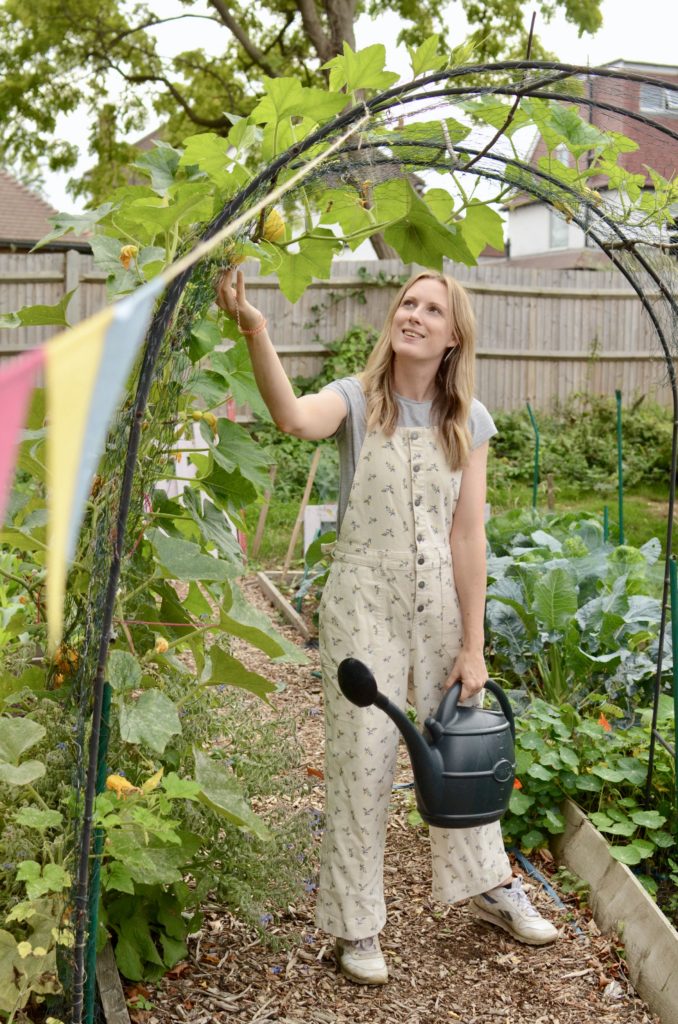
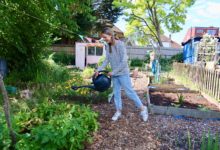

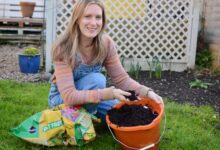


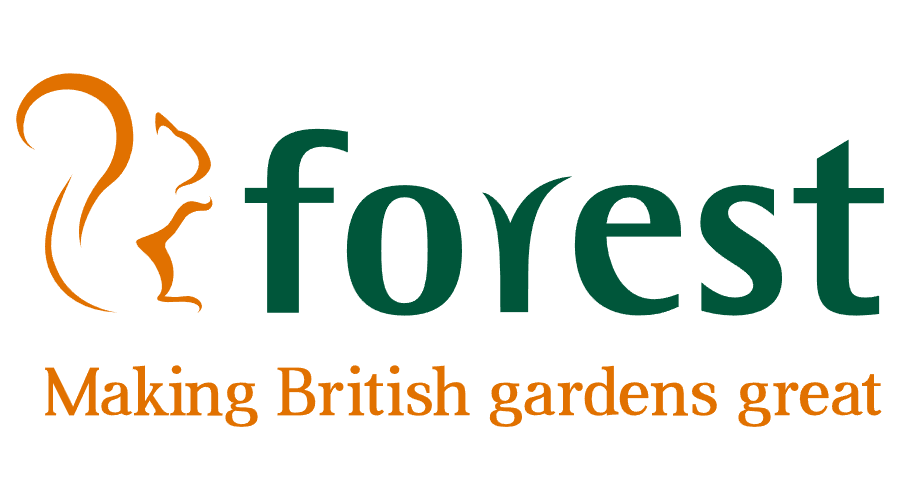



Such lovely words!
Sorry for your loss.
I used to hand feed a one eyed squirrel every day. I haven’t seen him/her for a few weeks.- I’m fearing the worst.
Oh Emma I’m so sorry, my Grandma also passed last year. You write beautifully and I’m sure she was so proud of all your talents. I do hope you write your book no matter how long it takes, I’ll be purchasing. 😊
So sorry for your loss.
Fantastic moving comments.
You are so right about grief there is no right order, right time, right way to grieve. The stages of grief are like a ladder or stairs. We move up and down the over time. Seasons, holidays, vacations, gatherings can bring the memories forward and can occupy space and time. We do learn ways to process the feelings and memories over time. Grief is so individual so we must offer grace hope and dignity of acceptance to those in this process.
I am an American I was a nurse in the military and civilian world for 33 years. The last 20 years I was a hospice nurse. I was given the honor and duty to care for so many people in the final season of life. I was blessed to serve people with grace and dignity. I have met folks from all walks of life, so many religions, so many countries, so many customs both religious and social.
I really see so many images in your story of peace and harmony and foes and frenemies. A state of mutual acknowledgment without any action. Thank you for this post I have been reflecting upon this today.
So sorry for your loss, do you have a natural way in your description of grief, you must continue with your book
A few weeks after my mother-in-law passed away unexpectedly, I came home to find my husband had taken off from work and started flower beds in our backyard. I always refer to these flower beds as John’s Grieving Garden. Gardening can help us in our grief. So very glad it helped you as well.